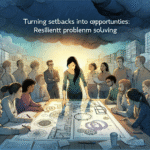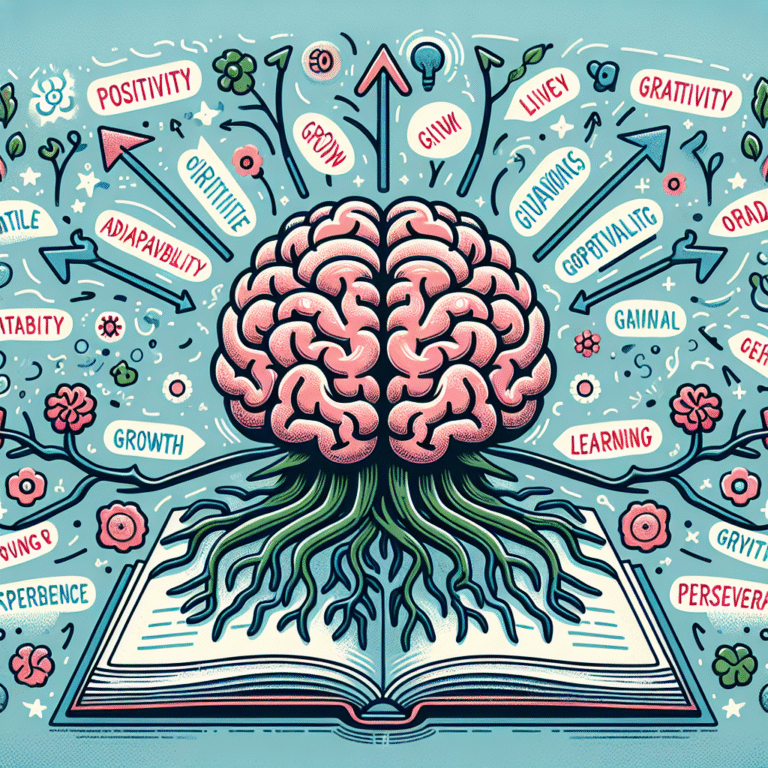
Introduction
In an era where education systems face unprecedented challenges, the importance of effective interventions cannot be overstated. The response to intervention (RTI) model has emerged as a transformative approach, allowing schools to tailor their educational strategies to meet the diverse needs of students. From addressing learning disabilities to enhancing overall student performance, "RTI in Action: Real-World Case Studies of Effective Interventions" highlights the innovative practices that are not only theoretical but also actionable. In this article, we will dive deep into compelling case studies, illuminating the practical applications and successes of RTI approaches across various educational settings.
Understanding the RTI Framework
What is RTI?
RTI, or Response to Intervention, is an educational strategy that identifies students at risk for poor learning outcomes and provides targeted support. This systematic approach uses data to guide instructional decisions, ensuring that resources are allocated efficiently. Essentially, RTI is a tiered model that offers varying levels of intervention, based on student needs, and emphasizes early identification and intervention.
The Three Tiers of RTI
Tier 1: Universal Instruction
- All students receive high-quality instruction.
- Educators monitor progress regularly.
Tier 2: Targeted Group Interventions
- Small groups of students who need additional support.
- Focus on specific skill deficits.
- Tier 3: Intensive Individual Interventions
- One-on-one support for students with significant needs.
- Customized strategies based on individual assessments.
Case Study 1: Implementing RTI in an Urban Middle School
Overview
At Lincoln Middle School, a bustling urban center with diverse students, educators noted a high rate of academic failure among students. The administration implemented RTI to address this issue.
Implementation
Assessment Tools: Students were assessed using standardized tests to identify those at risk.
Professional Development: Teachers received training on data analysis and intervention strategies.
- Collaborative Teams: Educators formed teams to develop and implement targeted instructional plans.
Results
- Improved Outcomes: Over one academic year, the percentage of students passing standardized tests rose from 60% to 85%.
- Student Engagement: Surveys indicated increased student interest in subjects due to tailored instruction.
Analysis
This case demonstrates the power of early assessment and collaboration. By embracing RTI, Lincoln Middle School educators harnessed data to create impactful interventions, leading to significant academic improvement.
Case Study 2: RTI in Action in a Rural Elementary School
Overview
In Bramblewood Elementary, located in a rural community, educators faced unique challenges with limited resources but high aspirations for their students.
Implementation
Community Partnerships: The school partnered with local organizations for additional resources.
Flexible Scheduling: Interventions were scheduled during school hours, allowing all students to join.
- Parent Involvement: Workshops were conducted to educate parents about RTI strategies.
Results
- Academic Gains: Reading scores within struggling grades increased by 20% in one semester.
- Enhanced Parent Engagement: Parent participation in school events tripled, building a community of support.
Analysis
Bramblewood Elementary’s success underscores the importance of community involvement and resourcefulness. RTI isn’t just about the interventions; it’s also about building a support network that extends beyond the classroom.
Case Study 3: High School Chemistry Improvement Initiative
Overview
At Summit High School, administrators sought to improve student performance in a notoriously difficult chemistry course through the RTI model.
Implementation
Pre-Assessment: Students were tested at the beginning of the semester to identify knowledge gaps.
Tailored Interventions: Based on assessment results, students were grouped for targeted instruction.
- Tutoring Programs: Peer tutoring was introduced alongside teacher-led interventions.
Results
- Course Pass Rates: Pass rates in chemistry increased from 70% to 93%.
- Student Confidence: Feedback indicated a 50% increase in student confidence regarding chemistry material.
Analysis
Summit High School’s initiative highlights the adaptability of RTI across subject areas. By focusing interventions on a specific course, the school maximized student outcomes and boosted morale.
The Role of Data in RTI
The Importance of Data-Driven Decision Making
Data collection and analysis are cornerstones of the RTI framework. Decisions about interventions must be based on real, measurable evidence. Key performance indicators may include:
- Standardized Test Scores
- Formative Assessment Results
- Behavioral Reports
Data Visualization
To further illustrate the impact of RTI, the following chart outlines improvements across various metrics following the implementation of RTI in diverse educational settings:
| School Type | Pre-RTI Pass Rate (%) | Post-RTI Pass Rate (%) | Improvement (%) |
|---|---|---|---|
| Urban Middle School | 60 | 85 | 25 |
| Rural Elementary | 65 | 85 | 20 |
| High School Chemistry | 70 | 93 | 23 |
Using Technology to Enhance RTI Initiatives
Innovative Tech Tools
Incorporating technology into RTI processes has the potential to streamline interventions and improve outcomes. Some useful technologies include:
- Data Tracking Software: Programs like IEP Writer and MasteryConnect help in monitoring student progress efficiently.
- Learning Management Systems: Platforms such as Google Classroom allow for specialized resource allocation.
Case Study Highlight: Tech Implementation
Cedar Ridge High School’s RTI: By integrating a cloud-based learning platform, Cedar Ridge was able to tailor individualized learning paths for students, leading to a significant drop in failure rates and an overall uplift in student morale.
Key Takeaways from RTI Implementation
Tailored Interventions Yield Results: The case studies reveal a consistent theme: personalized interventions lead to improved student engagement and success.
Collaboration is Key: Success stories showcase the importance of collaboration among teachers, parents, and the community.
Data is Vital: Utilizing data to inform decision-making processes is critical in determining the effectiveness of RTI strategies.
- Flexibility in Implementation: Tailoring the RTI framework to fit specific contexts and community needs can enhance effectiveness.
Conclusion
The journey of RTI in action exemplifies how thoughtful, data-driven interventions can transform educational landscapes. As showcased through the compelling case studies, "RTI in Action: Real-World Case Studies of Effective Interventions" serves as a beacon for educational institutions striving for excellence. By embracing these proven methods and collaborating as a community, we can ensure that every student achieves their full potential.
FAQs
1. What is the primary goal of RTI?
The primary aim of RTI is to identify struggling students early and provide timely, targeted interventions to improve their academic and behavioral outcomes.
2. How is RTI different from traditional special education?
While traditional special education often reacts to student needs, RTI is proactive, focusing on early intervention before a student falls too far behind.
3. What role do parents play in the RTI process?
Parents are vital in the RTI process, as they provide insights into their child’s challenges and can reinforce strategies at home.
4. Can RTI be used for behavioral issues?
Yes! RTI can be applied to address behavioral challenges through customized interventions that promote positive behavior within the classroom environment.
5. How can schools maintain momentum in RTI strategies?
Continuous professional development, ongoing assessment of strategies, and involving all stakeholders—teachers, parents, and students—are essential for maintaining momentum in RTI initiatives.
In summation, "RTI in Action: Real-World Case Studies of Effective Interventions" not only showcases proven methods for educational success but serves as a call to action for educators everywhere to embrace innovative, data-driven solutions in their classrooms.















